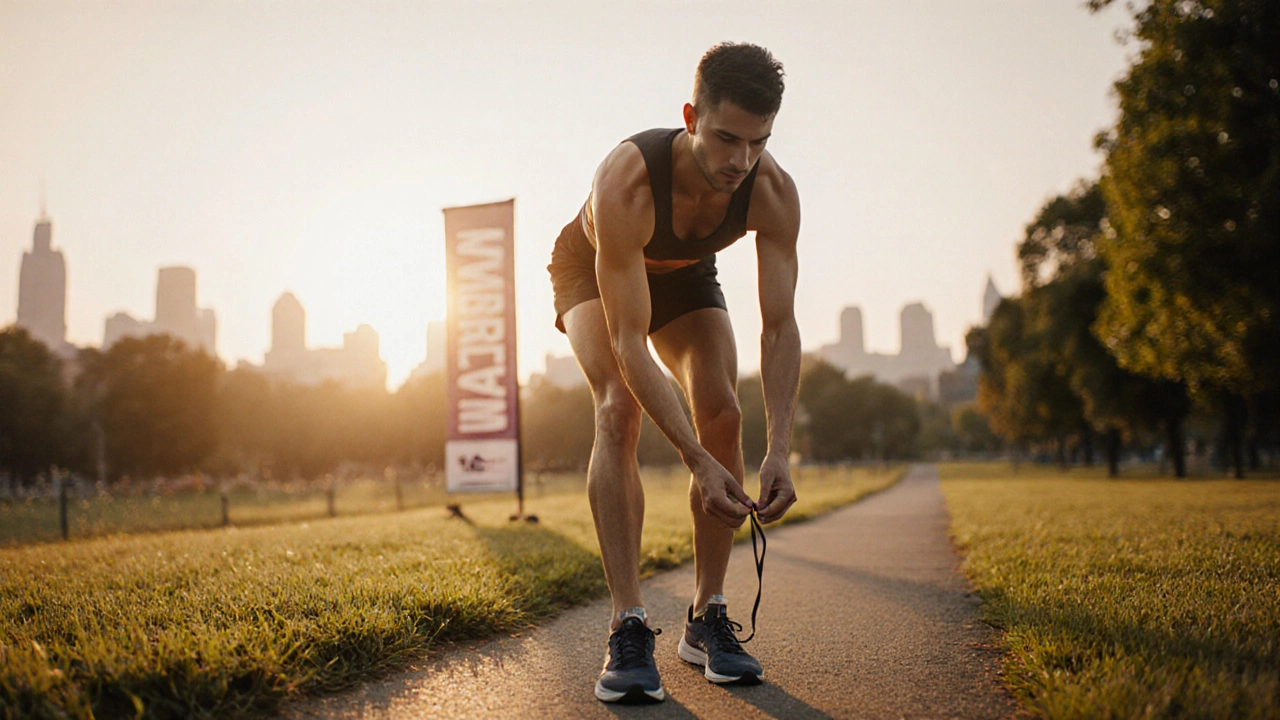Older Runners: Staying Fast, Healthy, and Motivated
When it comes to older runners, athletes aged 50+ who keep hitting the pavement or trail. Also known as senior runners, they balance years of experience with the need for smarter training choices. older runners today aren’t just sticking around – they’re setting new personal bests, joining local clubs, and proving that age is just a number.
One of the biggest game‑changers is a well‑structured marathon training, a step‑by‑step plan that scales mileage safely for mature bodies. Unlike the one‑size‑fits‑all programs of the past, modern plans focus on gradual load, built‑in recovery weeks, and cross‑training to protect joints. Pair that with the right running shoes, footwear designed with extra cushioning, supportive midsoles and stability features for older athletes, and you’ve got a solid foundation. Good shoes reduce impact forces, improve stride efficiency, and lower the risk of common overuse injuries, which is why many coaches tell older runners to replace their pair every 300–500 miles.
Key Considerations for Older Runners
Nutrition plays a silent but powerful role. A targeted runner nutrition, focuses on protein for muscle repair, carbs for fuel, and antioxidants to combat inflammation can speed recovery after long runs and keep energy steady during training. Older runners often need a bit more protein – around 1.2‑1.5 g per kilogram of body weight – to offset age‑related muscle loss. Adding omega‑3 rich foods or supplements also helps keep joints lubricated.
Injury prevention is the third pillar. injury prevention for runners, includes strength work, flexibility routines and regular mobility checks is essential because tendons and ligaments lose elasticity with age. Simple bodyweight exercises like single‑leg squats, calf raises, and core planks, performed two to three times a week, can dramatically reduce the chance of shin splints, Achilles tendinitis, and knee pain. Listening to your body matters too – if a niggle persists for more than a few days, swapping a run for a low‑impact activity like swimming or cycling can keep you on track without sidelining progress.
Beyond the physical, the social side of running keeps many older athletes engaged. Joining a local running group, signing up for charity events, or even mentoring younger runners adds purpose and motivation. The community aspect often translates into better adherence to training plans, more consistent mileage, and a healthier mindset. As you explore the articles below, you’ll find deeper dives into each of these areas – from detailed marathon‑training calendars to shoe reviews, nutrition guides, and injury‑prevention workouts – all curated for the older runner looking to stay fast, healthy, and inspired.
Marathon at 30: Is Age a Barrier?

Discover why being 30 isn't too old for marathon training, learn safe mileage buildup, injury prevention, nutrition tips, and real‑world examples to help you cross the finish line.
